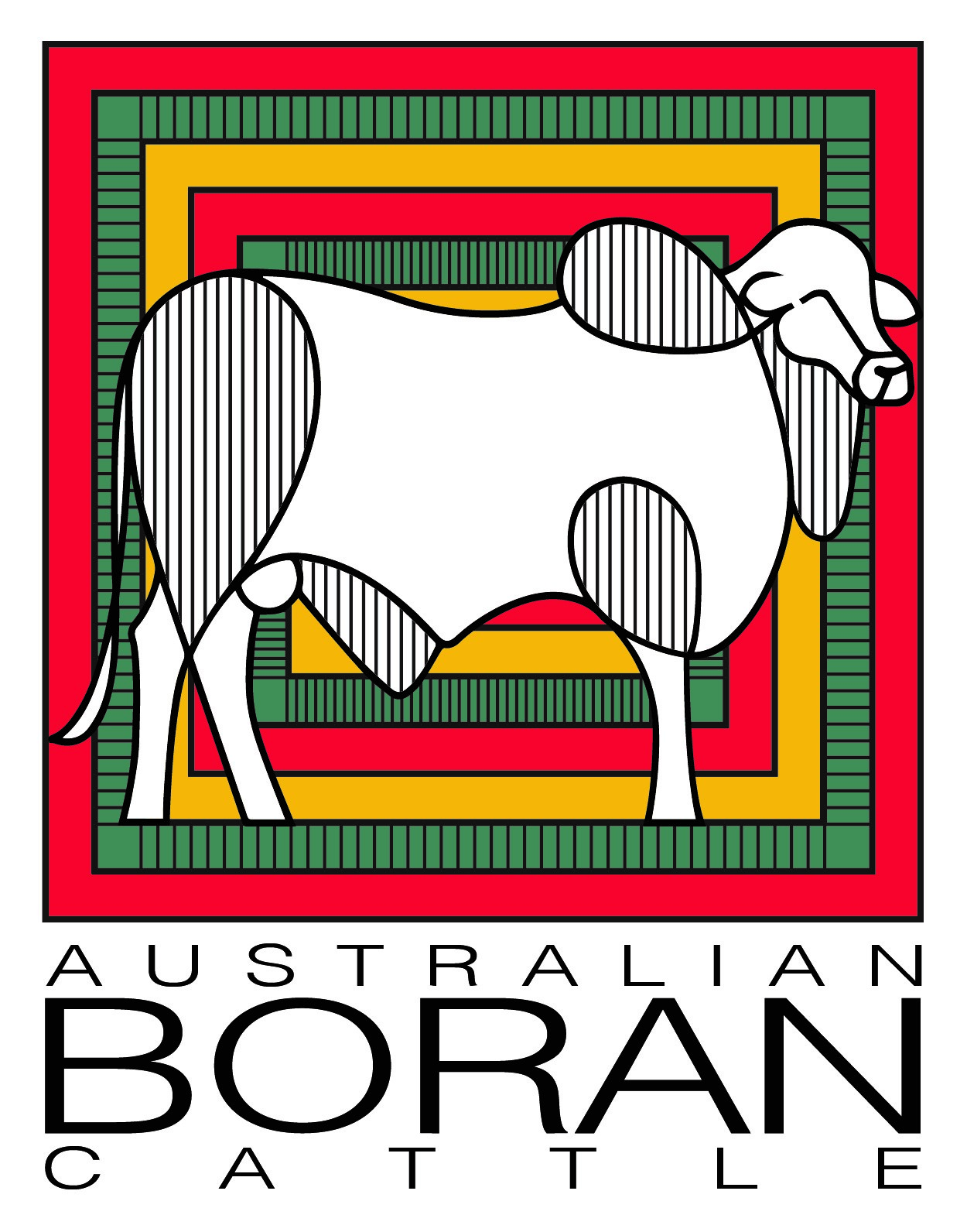History
In Africa
he Boran are an ancient breed of African cattle dating back over 1300 years.
The development of African cattle is complex, and the exact timeline and history continue to be debated. However, there is no doubt that African cattle have evolved (or been selected) dramatically over time to fill the niches within the African continent.
The ancient wild cattle Auroch are the ancestors of all current breeds of cattle. There are three subspecies of the wild Auroch (Bos Primigenius):
- Northern Africa (African cattle) Bos primigenius africanus
- Western Eurasia (British and European cattle) Bos primigenius primigenius
- South Asia (Zebu Cattle) Bos primigenius nomadicus
The migration of cattle into Africa is uncertain, several theories exist, some supported by archaeological evidence, but none are yet supported by genetic evidence. Longhorn and sometime after shorthorn cattle were introduced between 6000 and 2500 years ago. The definitive arrival of Bos indicus cattle is with the development of the Arab trade along the East African coast from 7th century AD.
There appears to be a mixture of European Bos taurus, African Bos taurus and Bos indicus genes in a number of breeds of African cattle including the Boran breed.
The genetic composition of Boran cattle:
- African Bos taurus 12%
- European Bos taurus 24%
- Bos indicus 64%
This genetic makeup indicates that the Boran breed may have been around for 1300 plus years. This distinct combination of genetics was developed by the Borana people of southern Ethiopia. The nomadic lifestyle of the Borana led to the distribution of Boran cattle to Somalia, Kenya and south-eastern Ethiopia.

In Australia
Boran cattle arrived in Australia in March 1990. Their importation was achieved through a joint venture between the Commonwealth Scientific and industrial Research Organisation (CSIRO) and a consortium of Australian cattle producers.
Why?
In the mid 1980s the need for a tropical breed, that was not related to the Brahman, was identified. Led by Dr John Fisch, a team of Australian researchers looked to Africa to find a breed of Cattle with the potential to adapt and flourish in the hot, harsh conditions of Northern Australia. Here they found the Kenyan Boran.
Boran cattle were found to be docile, highly fertile and productive. They showed high resistance to pests and disease, and climatic and nutritional stresses. These qualities, and their extreme genetic differences form previously introduced breeds, made them an excellent candidate for herd improvement in Australia.
How?
Boran embryos were collected from Zambia in 1987 and taken to Cocos island. Here they were implanted into surrogate cows. The embryo transfer program was led by Dr Timothy Williams from the Livestock Division of the CSIRO. The resulting claves – seventeen (17) bulls and twenty-two (22) heifers – were imported to Australia in 1990. On 5 March thirty (30) Borans arrived at the CSIRO’s Tropical Research Centre in Rockhampton amd the remaining nine (9) bulls to a CSIRO station in victoria.
Since the arrival of the Borans, breeders have sourced embryos and semen from other African countries such as Kenya and South Africa.

